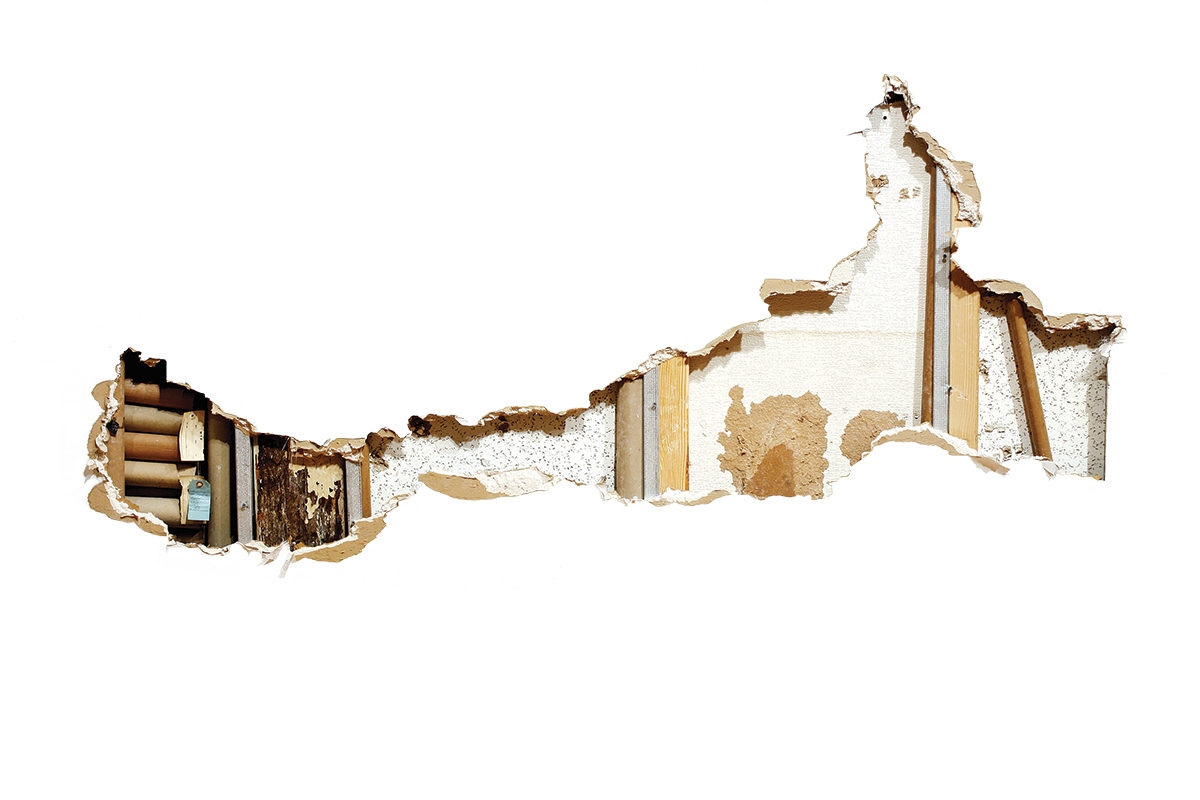The formal preservation movement in the United States started inauspiciously in 1931, when South Carolina authorities moved working-class African-Americans into New Deal–funded housing and away from Charleston’s “Old and Historic District.” Preservation is no longer used as an excuse for such blatant removal of lower-income families; however, some argue that it still has the pernicious effect of eliminating economic diversity. In his 2010 City magazine article, “Preservation Follies,” Harvard economist Ed Glaeser reports that housing costs rose disproportionately in Manhattan zip codes with historically protected neighborhoods, as the percentage of well-to-do, white, college-educated families likewise increased. In my home city of Cambridge, Massachusetts, approximately 3,100 buildings have historical protection via conservation districts, landmarking, or historic easements. This makes up one-quarter of the city’s buildings, and it’s hard to imagine this doesn’t have an impact on housing costs.
Yet research on the question is inconclusive. Jacob Vigdor’s study of Boston’s South End observed that demographic change started sometime in the 1960s, while the neighborhood didn’t become a landmark district until 1983. The study lists many potential causes of gentrification: increases in income disparity, an improved labor market, better public services, and property tax decreases. Preservation is not one of them.
In fact, the inverse of the original question appears to be true: Gentrification may lead to preservation, used as a tool for establishing urban stasis. A typical local example is the Cambridge Historical Commission’s attempt to landmark part of East Cambridge in the 1970s. The idea was defeated in the working-class community because of citizens’ concerns about being told how to maintain their houses. In contrast, the first conservation district in the city was established only after Mid-Cambridge — the city’s third-wealthiest and most educated neighborhood — requested the designation in 1983. Residents were less apprehensive about increased maintenance costs and more concerned about retaining value in the midst of the construction of Modernist mid-rises.
So how do we maintain diversity in gentrified cities with far-reaching historic preservation statutes? Many cities dedicate funds to support the development of affordable housing. The trick is finding properties or lots in historic neighborhoods that can be used for such development. In May 2014, the National Trust for Historic Preservation released a study titled “Older, Smaller, Better,” which found that blocks with a greater range of building ages had greater population density (and, in San Francisco, a greater mix of income levels) than streets with large new buildings. Dense infill development provides a good opportunity to create a diversity of building stock for a diversity of people while maintaining neighborhood quality.
The National Trust also backed recent initiatives, notably in Los Angeles, to lower regulatory barriers and facilitate the conversion of older commercial buildings for residential use, increasing housing stock in historic districts. In addition, cities should allow for supply elsewhere to take pressure off older neighborhoods. Economists often cite Chicago’s lakefront or Miami’s Brickell district as high-rise areas that have effectively reduced demand for housing in historic and working-class neighborhoods close to the city center.
Ultimately, historic preservation should be about diversity that offers a range of options for a variety of families and lifestyles. How we achieve a diversity of residents as well as buildings remains a challenge, but we would not want to live in a city without both.


